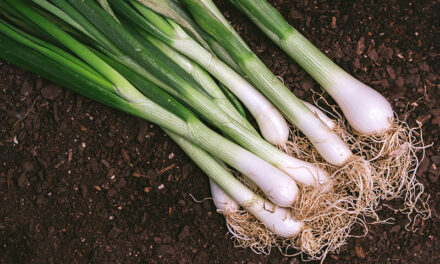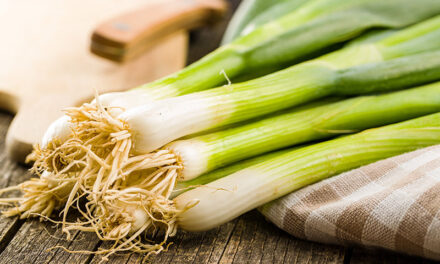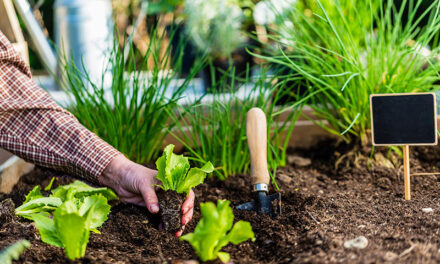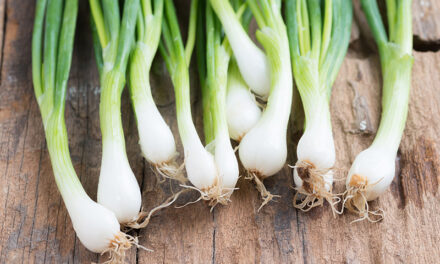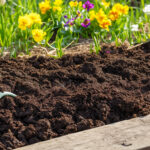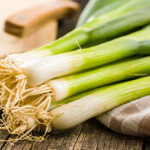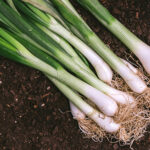Planting spring onions in pots is the perfect way to enjoy fresh, homegrown flavor, even if you have limited space. Whether you’re a beginner or an experienced gardener, this guide will walk you through every step to ensure a bountiful harvest.
Choosing the right pot and soil
Selecting the right container is crucial for successful spring onion growth. Opt for pots that:
- Are at least 6 inches (15 cm) deep, allowing enough room for root development.
- Have drainage holes to prevent waterlogging.
- Are made of materials like terracotta or plastic, which retain moisture without overheating.
For soil, choose a light, well-draining potting mix enriched with compost. A blend with added organic matter will provide essential nutrients and encourage strong root growth. Avoid heavy garden soil, as it can compact easily and hinder drainage.
Planting spring onions
Follow these simple steps to get your spring onions off to a great start:
- Fill the pot with the prepared potting mix, leaving about an inch from the rim.
- Sow the seeds or bulbs about ½ inch (1 cm) deep, spacing them 1 inch (2.5 cm) apart.
- Lightly cover with soil and water gently.
- Place the pot in a sunny location, ideally getting 6-8 hours of sunlight daily.
If you’re planting onion sets (small bulbs), make sure the tips are slightly above the soil surface to prevent rot.
Watering and care
Spring onions prefer consistently moist soil, but overwatering can lead to root rot. Keep these tips in mind:
- Water regularly, ensuring the topsoil remains damp but not soggy.
- Use a watering can with a fine spout to avoid disturbing the seedlings.
- Mulch with a thin layer of straw to help retain moisture and suppress weeds.
Fertilize every 2-3 weeks with a balanced liquid fertilizer to promote steady growth.
Sunlight and temperature requirements
Spring onions thrive in moderate temperatures ranging between 15-25°C (59-77°F). If growing indoors, place them near a south-facing window or under grow lights to mimic natural sunlight.
During cooler months, move pots indoors to extend the growing season.
Common pests and diseases
Keep an eye out for common issues such as:
- Aphids and thrips: These tiny pests can suck the sap from the plants. Rinse them off with water or use neem oil.
- Fungal diseases: Avoid overhead watering to prevent fungal infections like mildew.
Regularly check your plants and remove any damaged leaves to maintain healthy growth.
Harvesting your spring onions
Spring onions are ready to harvest within 8-12 weeks, depending on the variety. You can either:
- Harvest the entire plant by pulling it out once it reaches the desired size.
- Cut the greens about an inch above the soil, allowing them to regrow for a continuous supply. Learn more in Spring onions cut: how to harvest and regrow.
For the best flavor, pick them when the stalks are about pencil-thickness.
Growing spring onions year-round
To ensure a continuous harvest:
- Succession planting: Sow new seeds every few weeks.
- Overwintering: In milder climates, keep pots in a sheltered spot to extend growth into colder months.
Final thoughts
Planting spring onions in pots is an easy and rewarding way to enjoy fresh, homegrown produce all year round. With the right care and attention, you’ll have a steady supply of these versatile greens for your kitchen.


